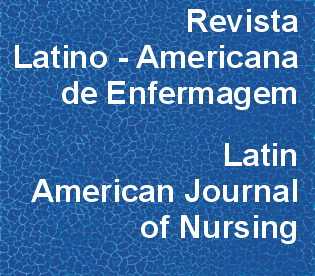Does directly observed treatment ("DOTS") contribute to tuberculosis treatment compliance?
DOI:
https://doi.org/10.1590/S0104-11692008000400002Keywords:
tuberculosis, epidemiology, directly observed therapyAbstract
This is a qualitative study performed in the theoretical framework of the Theory of Social Determination of the Health-Disease process and the concept of Compliance. The goal was to analyze meanings of DOTS in compliance with tuberculosis treatment, according to healthcare professionals of the Technical Healthcare Supervision of Butantã (SUVIS), a region of the São Paulo City Healthcare Secretariat, Brazil. The project was submitted to the Ethics Committee of the São Paulo Municipal Health Secretariat. All professionals (22 people) developing DOTS were interviewed, including service coordinators, healthcare professionals and the DOTS coordinator for the region. The statements were analyzed with an appropriate technique for discourse analysis. The results appoint that the strategy presents more potentialities than limits and is effective regarding compliance, since it allows the professionals to welcome and monitor the patients, considering their needs. The importance of increasing the understanding of compliance is also noted, so that it can go beyond the simple intake of medication, integrating the care for the sick person and his or her necessities by transcending those restricted to the biological dimension.Downloads
Download data is not yet available.
Downloads
Published
2008-08-01
Issue
Section
Original Articles
License
RLAE’s authorship concept is based on the substantial contribution by each of the individuals listed as authors, mainly in terms of conceiving and planning the research project, collecting or analyzing and interpreting data, writing and critical review. Indication of authors’ names under the article title is limited to six. If more, authors are listed on the online submission form under Acknowledgements. The possibility of including more than six authors will only be examined on multicenter studies, considering the explanations presented by the authors.Including names of authors whose contribution does not fit into the above criteria cannot be justified. Those names can be included in the Acknowledgements section.
Authors are fully responsible for the concepts disseminated in their manuscripts, which do not necessarily reflect the editors’ and editorial board’s opinion.
How to Cite
Does directly observed treatment ("DOTS") contribute to tuberculosis treatment compliance?. (2008). Revista Latino-Americana De Enfermagem, 16(4), 659-664. https://doi.org/10.1590/S0104-11692008000400002



